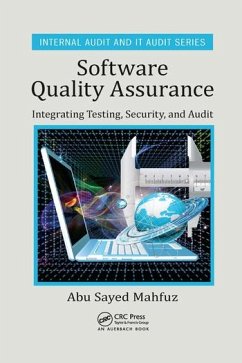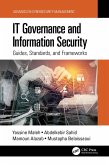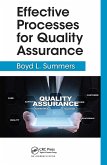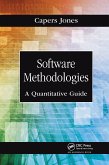Software Quality Assurance: Integrating Testing, Security, and Audit focuses on the importance of software quality and security. It defines various types of testing, recognizes factors that propose value to software quality, and provides theoretical and real-world scenarios that offer value and contribute quality to projects and applications. The practical synopsis on common testing tools helps readers who are in testing jobs or those interested in pursuing careers as testers. It also helps test leaders, test managers, and others who are involved in planning, estimating, executing, and maintaining software.
The book is divided into four sections: The first section addresses the basic concepts of software quality, validation and verification, and audits. It covers the major areas of software management, software life cycle, and life cycle processes. The second section is about testing. It discusses test plans and strategy and introduces a step-by-step test design process along with a sample test case. It also examines what a tester or test lead needs to do before and during test execution and how to report after completing the test execution.
The third section deals with security breaches and defects that may occur. It discusses documentation and classification of incidences as well as how to handle an occurrence. The fourth and final section provides examples of security issues along with a security policy document and addresses the planning aspects of an information audit. This section also discusses the definition, measurement, and metrics of reliability based on standards and quality metrics methodology CMM models. It discusses the ISO 15504 standard, CMMs, PSP, and TSP and includes an appendix containing a software process improvement sample document.
The book is divided into four sections: The first section addresses the basic concepts of software quality, validation and verification, and audits. It covers the major areas of software management, software life cycle, and life cycle processes. The second section is about testing. It discusses test plans and strategy and introduces a step-by-step test design process along with a sample test case. It also examines what a tester or test lead needs to do before and during test execution and how to report after completing the test execution.
The third section deals with security breaches and defects that may occur. It discusses documentation and classification of incidences as well as how to handle an occurrence. The fourth and final section provides examples of security issues along with a security policy document and addresses the planning aspects of an information audit. This section also discusses the definition, measurement, and metrics of reliability based on standards and quality metrics methodology CMM models. It discusses the ISO 15504 standard, CMMs, PSP, and TSP and includes an appendix containing a software process improvement sample document.








